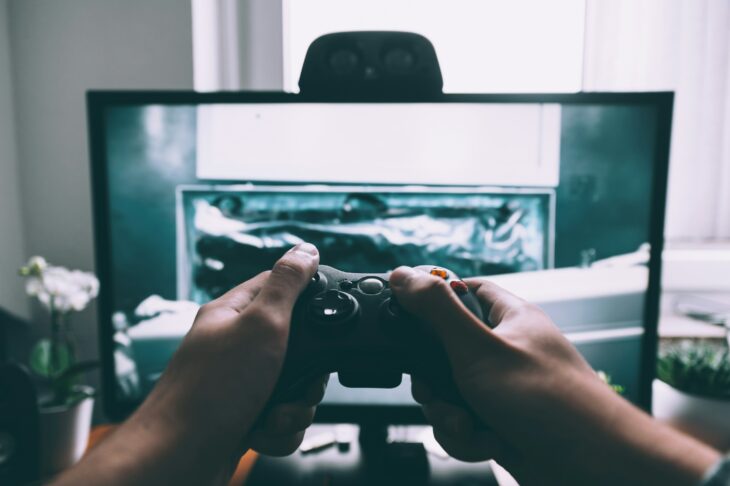Scientific research revolves around solving complex problems, but so do computer games. In 2008, a group of scientists developed the first video game that let non-scientists help with research by solving puzzles based on real scientific data. They called this game Foldit.
Since then, other scientists have developed similar games to contribute to fields like genetics and physics. Games like these are collectively known as citizen science games or CSGs. Traditionally, researchers designed CSG games to focus heavily on scientific elements rather than gaming elements. But they’ve reported this approach limits user engagement and appeals mostly to participants who already have a strong interest in science.
To overcome this challenge, a group of researchers from Switzerland, Canada, and the USA developed a CSG using a game-first design principle. This meant they prioritized the game’s entertainment value before incorporating a scientific problem into it. They used this approach in a game called Borderlands Science or BLS. The scientific purpose of this game was to help the researchers analyze 1 million microorganism genome sequences obtained from human digestive systems to understand their relationships and functions in human health. Scientifically, the analysis the players were assisting with is called multiple sequence alignment.
The researchers used 953,000 sequence fragments of genetic material called 16S rRNA from human stool samples provided by participants in the American Gut Project. These fragments are part of a specific region in the genome used to identify and compare different microorganisms. They first grouped the sequences into over 10,000 clusters, then removed outliers, and eventually focused on a final set of 9,667 clusters for the game.
They designed puzzles for the BLS game based on the sequences in these clusters. Players saw a grid of colorful bricks, each representing a DNA base, like A, T, C, or G. Their goal was to insert gaps between the bricks to improve the matching or alignment of different colors or sequences, relying on the inherent pattern-matching skills humans use in playing games. Players had a limited number of moves, and each level in the game had a score to beat before moving to the next level, which challenged the players to find the best possible alignment in as few moves as possible.
The researchers explained that they didn’t recruit anyone to play the game. Instead, they released the game through an existing commercial video game called Borderlands 3. They noted the game had been released in 2020, and the reported data in their paper represented the first 16 months after its release.
The researchers collected over 1.4 million puzzle solutions, filtering them to keep only the highest-quality ones based on how well they aligned sequences and matched other players’ solutions. They combined the filtered solutions to create a composite alignment, which they used to build a family tree showing the evolutionary relationships between the gut microorganisms.
The team validated their results by comparing their alignments and trees to results from existing alignment and tree-building methods. They showed player-generated solutions outperformed these existing methods and improved their ability to infer microbial relationships. The researchers also explored how the BLS results could help them detect meaningful biological patterns from these microbial relationships. They reported BLS alignments grouped the gut microorganisms based on several lifestyle factors, like diabetes and alcohol consumption, that affected their hosts’ digestive health.
The researchers reported that over 4 million participants had completed real scientific tasks in BLS since its release, which is a high retention rate compared to previous CSG efforts. They proposed this BLS performance demonstrates that scientific tasks can be embedded within a video game and achieve a high level of player engagement.
Additionally, the researchers requested feedback from players as a form of quality assurance for the game. The players listed curiosity about science as the most common reason for their engagement. The team asserted that their game-first design approach to developing citizen science games like BLS offers benefits like improving science literacy among the public.
The researchers reported BLS surpassed traditional sequence alignment methods in terms of scientific outcomes without compromising data integrity. They concluded their results show video games can provide the human resources required to analyze large genomic data that would otherwise be overwhelming for small teams of scientists to complete.


